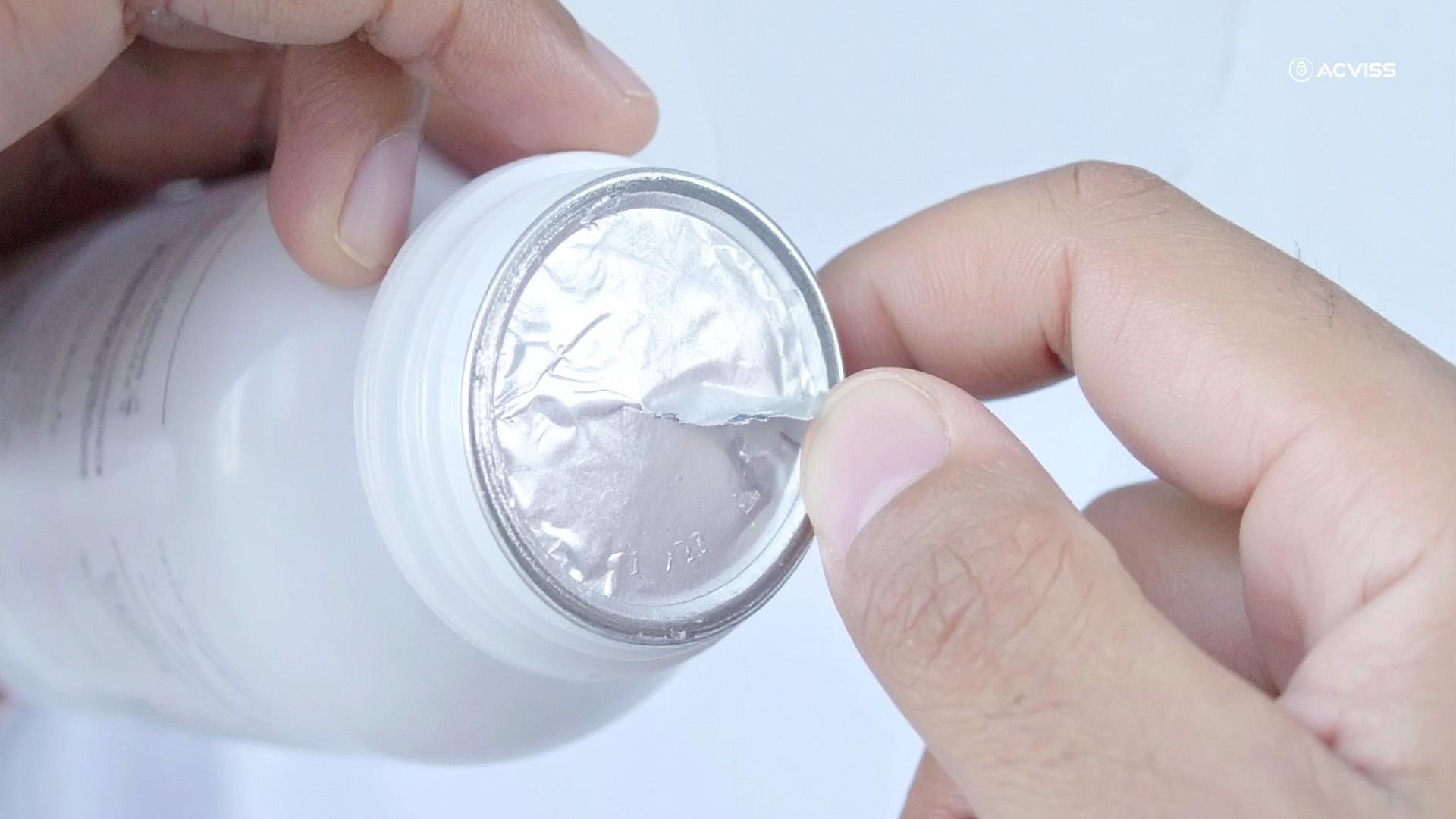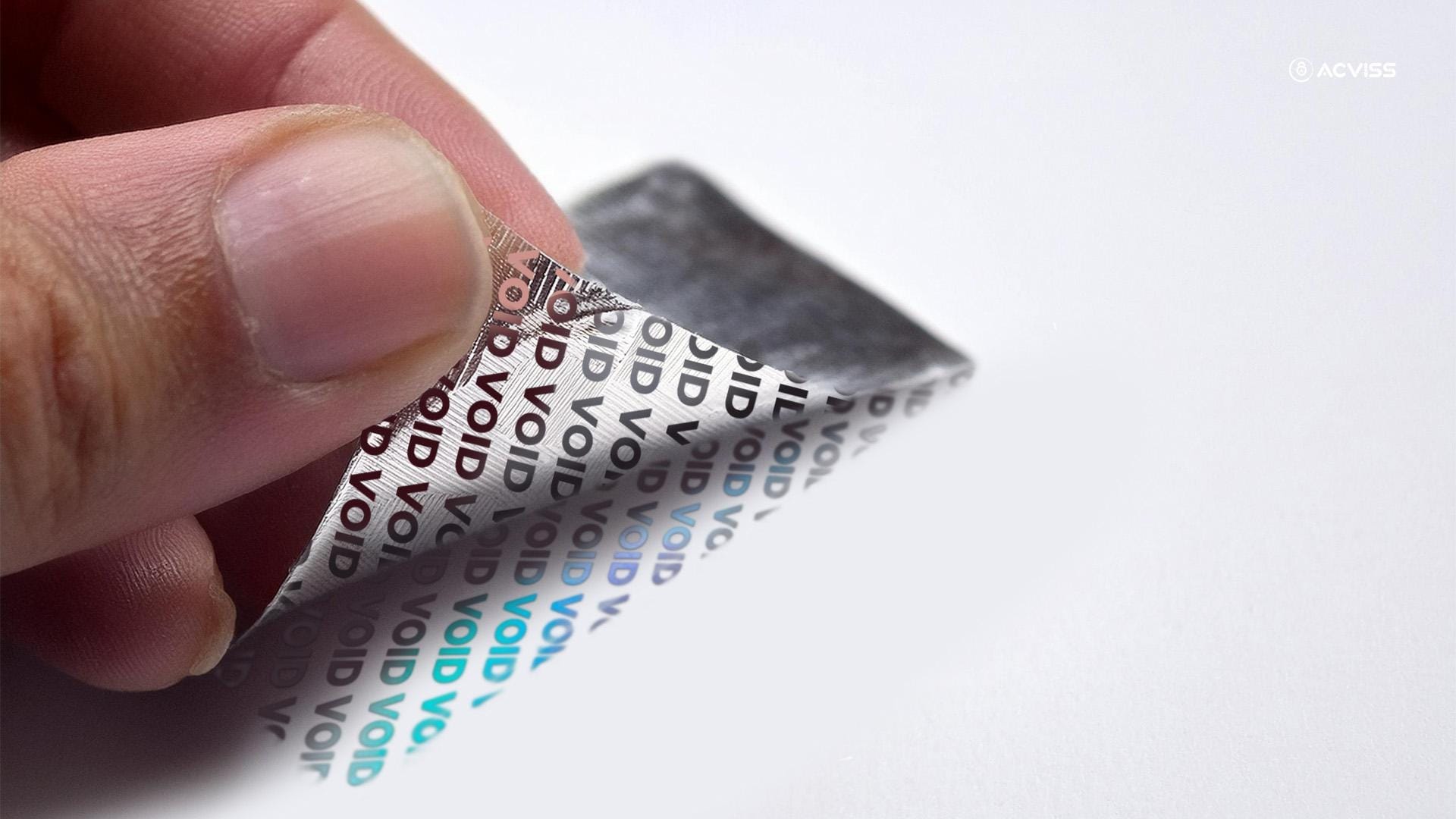Tamper-Proof vs Tamper-Evident: What's Best for Your Product Line

Product security in the modern market can affect consumer confidence and brand credibility. Now, when you choose to use tamper-proof or tamper-evident packaging, it should not merely be a technical decision. This should be something strategic. You must follow strategies and tactics to understand this. Both have the goal of protecting products, yet they operate differently. Here are detailed insights on how to choose the most appropriate packaging to avoid tampering and provide safe packaging solutions to brands.
So, why wait? Go through the insights presented in this article! Read on! Then, you can decide which one is better: Tamper-Proof Packaging or Tamper-Evident One?
Understanding the Basics
What is Tamper-Proof Packaging?

Tamper-proof packaging is designed to make unauthorised access virtually impossible without visibly damaging the package. Its primary goal is prevention, not just detection, of tampering.
This type of packaging is commonly used for high-security products where even minor interference can lead to serious health, legal, or financial consequences. It offers robust resistance, forming a near-impenetrable barrier against tampering.
Examples include vacuum-sealed blister packs and RFID-enabled closures. For brands needing airtight control, tamper-proof solutions represent the most comprehensive line of defence in secure packaging.
2. Definition: Tamper-Evident Packaging

Tamper-evident packaging clearly shows if a product has been interfered with. While it may not prevent someone from opening the package, it makes tampering obvious to consumers.
Common examples include shrink bands, breakaway caps, tamper-indicating tape, and security seals. These formats help alert consumers to possible tampering before use.
Often favoured in retail, tamper-evident packaging is cost-effective and user-friendly. It provides brands with an accessible and visible deterrent, making it a popular choice for secure packaging needs.
Application by Industry
1. Industry Application: Pharmaceuticals
In pharmaceuticals, regulatory bodies like the FDA mandate tamper-evident packaging for certain medications and devices to ensure public safety.
However, for high-risk drugs or controlled substances, tamper-proof formats such as sealed vials and blister packs offer stronger protection against misuse or theft. Often, both solutions are combined for multi-layered security.
Choosing the right system involves balancing regulatory compliance, safety, and ease of use, along with investing in reliable anti-tamper technologies.
2. Industry Application: Food and Beverage
Food safety is a top priority for today’s consumers. Tamper-evident elements like foil seals or shrink bands assure buyers that their product is safe and untouched.
For high-value or export-oriented products, these solutions also prevent contamination and counterfeiting during transit, protecting both consumers and brand reputation.
To deliver safe packaging and build customer trust, food brands often implement both tamper-evident and tamper-proof features.
Key Decision Factors
1. Cost and Budget Considerations

Tamper-evident packaging is generally more affordable. Shrink sleeves, pressure-sensitive seals, and removable labels are economical and simple to implement.
In contrast, tamper-proof packaging can involve higher costs due to material complexity, design precision, and manufacturing challenges.
For smaller brands or lower-value goods, tamper-evident formats provide basic protection at a lower price. But the real cost question is whether added expenses in packaging can prevent future losses from theft, recalls, or litigation.
Acviss’s AI-powered Certify solution is one such cost-effective tool that strengthens product authentication.
2. Consumer Perception and Trust
Modern consumers expect products to arrive intact and safe. Tamper-evident packaging offers visible reassurance, helping build loyalty and credibility.
While tamper-proof packaging delivers a higher level of security, it may frustrate users if overly complicated to open. The key is to balance deterrence with user-friendliness.
Thoughtful design that reflects transparency and integrity can make a powerful brand statement, especially in competitive markets.
3. Ease of Use and Consumer Convenience
Though highly secure, tamper-proof packaging often requires tools or added effort to open, potentially compromising the user experience.
Tamper-evident packaging, focused on detection over prevention, is typically easier to open and more accessible.
Brands must consider that their customer base, children, the elderly, or users with disabilities may find rigid packaging challenging. The best anti-tamper strategies combine security with intuitive, user-friendly design.
Convenience often influences repeat purchases, so accessibility shouldn’t be overlooked.
Regulatory Compliance and Legal Considerations
Many industries, such as food, pharma, and cosmetics, face strict regulations that mandate tamper-evident packaging.
Non-compliance can lead to fines, product recalls, or market bans. Tamper-proof options, while not always required, are preferred for high-risk products.
Staying aligned with packaging laws and anti-tamper technology trends not only ensures compliance but also signals a brand’s commitment to consumer safety, turning regulation into a marketing advantage.
Protection Against Counterfeiting

Brands with predictable or weak packaging are easy targets for counterfeiters. Tamper-evident elements like RFID tags and holographic seals increase the difficulty of duplication.
Still, tamper-evident packaging may only alert users after a breach, rather than preventing it. For sectors like luxury cosmetics, supplements, or electronics, robust tamper-proof features are vital.
Some advanced systems now combine tamper-evidence with track-and-trace capabilities, offering long-term value through enhanced protection and consumer trust.
Preserving Shelf Life and Product Quality
Packaging does more than signal tampering; it also protects shelf life. Tamper-proof formats like vacuum seals and induction caps lock in freshness, potency, and quality.
Tamper-evident designs typically don’t offer the same level of environmental protection, though they provide important visual cues.
For perishables or sensitive materials, combining a tamper-proof primary seal with tamper-evident indicators offers both preservation and integrity assurance.
Innovations in Packaging Technologies
1. Tamper-Evident Technologies
Today’s tamper-evident innovations include colour-shifting seals, digital barcodes, and NFC-enabled tags that change on interference. These tools don’t stop tampering, but make it impossible to hide.
Such solutions are gaining traction in e-commerce, where physical verification isn’t always possible upon delivery.
These scalable, lightweight technologies are ideal for brands seeking smart, efficient, and secure packaging. Acviss’s Certify solution, powered by AI, is a standout option in this space.
2. Tamper-Proof Packaging Technologies
Cutting-edge tamper-proof designs now include intelligent locks, single-use caps, and embedded electronics that notify brands when a breach occurs during shipping.
While cost may limit widespread use, such innovations are paving the way for next-gen security. Industries like defence, luxury goods, and high-end electronics are leading adopters.
For brands prioritising top-tier security, integrating digital alerts and access controls offers a future-forward approach to tamper protection.
Conclusion
Choosing between tamper-proof and tamper-evident packaging is more than a packaging decision; it’s a strategic brand move. The right solution depends on your product’s risk profile, market demands, and consumer expectations.
Whether you need resistance or visibility, both approaches offer unique advantages in preventing product tampering.
Still undecided? Try Certify by Acviss, our AI-enabled product authentication tool designed to safeguard trust and ensure your product's integrity from start to finish.
